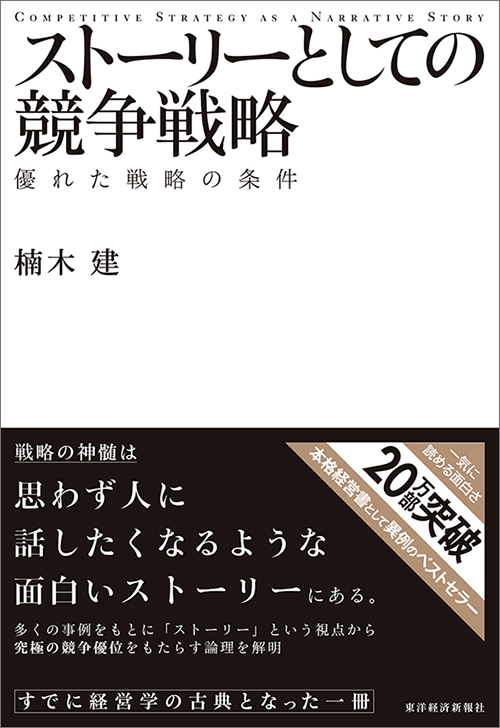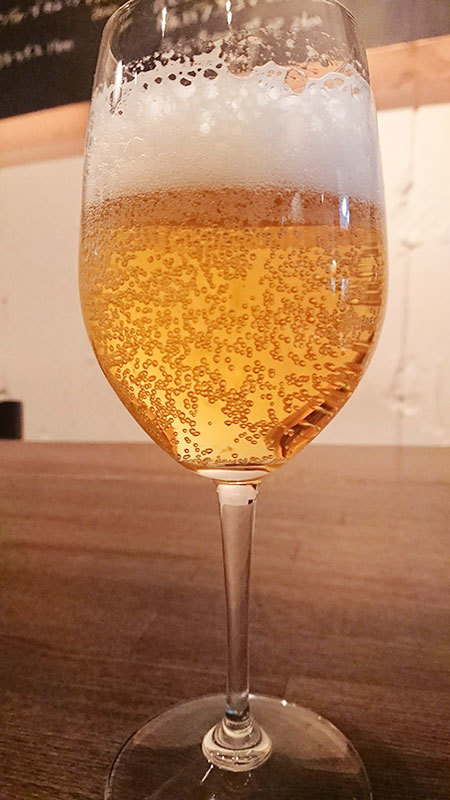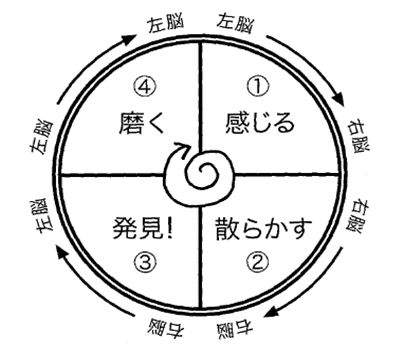A while back, a research report claiming "drinking alcohol improves memory" became a hot topic. It stated that while learning ability declines as alcohol takes effect, the retention rate of information learned immediately before drinking actually increases.
Drinkers worldwide, myself included, cheered this news and continued hitting the town hoping for the effect. But in reality, for me, forgetfulness has gotten worse.
I can't recall the name of that person coming over today. I can't remember the menu I planned to make. The cucumber I just bought is nowhere to be found, and soon my glasses vanish too, leaving me unable to see anything...
Given this state of affairs, I honestly don't remember what I've written or haven't written in this column, now over 150 installments. Of course, I manage it with a list, and my excellent editor gives advice every time, but there are still surprising omissions like, "Huh! I didn't write about this?"

Competitive Strategy as a Story: The Conditions for Excellent Strategy by Ken Kusaki, published by Toyo Keizai Inc.
For example, "Critical Core" is one such topic.
I first encountered this concept in the 2010 bestseller Competitive Strategy as a Story. I mention it every year in my university lectures, so I thought I must have covered it in this column too, but I simply can't find any trace of it.

The "Critical Core" refers to "the core component that serves as the source of uniqueness and consistency." Simply put, it's "a core strategy that seems unconventional at first glance but is consistent when viewed from the overall concept."
In "Competitive Strategy as a Story," Starbucks' critical core is analyzed as its "company-owned model" among numerous elements like "store atmosphere," "store openings and locations," "staff," and "menu." While all elements are consistent with the "third place" concept, maintaining them properly requires "company ownership."
In the "iterative thinking" process for innovation, you first discover a concept in Discovery Mode, then refine it in Polishing Mode to develop concrete strategies.
The decisive factor is whether you can arrive at a strategy that, while seemingly unconventional at first glance, remains consistent with the core concept. If following the indicated direction only yields ordinary solutions, you must discard that "pseudo-concept" and start over.
If you cultivate the habit of checking this "critical core," you can also spot the "fake concepts" rampant in the world—like the "New Noodle Experience," "The Beautiful Wolf," "Exciting Gorgeousness," and others I've introduced before. This is also a crucial skill for managing the quality of your "concepts."
...And just as I finished writing this draft, I finally remembered why I hadn't covered the "Critical Core" until now. It was because I thought, "If a half-baked amateur like me pretends to use jargon, I won't be able to write a column with genuine feeling." Hmm, I've done it now!
Seems alcohol doesn't actually improve memory after all.
Please, help yourself!










